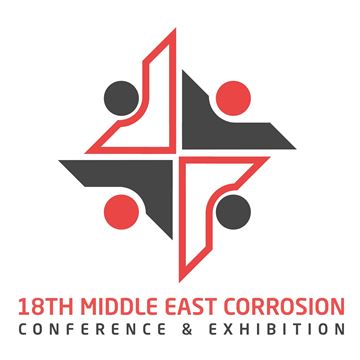Search
Online Conference Paper
View as
Sort by
Display
per page
Revisiting Alloy K-500 with Improved Performance Limits for Short and Long-Term Subterranean Applications
Product Number:
51323-18787-SG
Publication Date:
2023
$20.00
Revisiting The Anodic Dissolution Of Pure Iron In Strong Acid: Replication Of Bockris’ Estimation Of Butler-Volmer
Product Number:
51322-17681-SG
Publication Date:
2022
$20.00
Revolutionizing Non-Metallic GRE Tubulars in Downhole Applications: First Deployment of Hybrid Coupler in a Geothermal Well: Case Study
Product Number:
MECC23-20002-SG
Publication Date:
2023
$20.00
Ripple Slow Strain Rate Test for SSC and SCC of Super 13Cr Martensitic Stainless Steel and 25Cr Super Duplex Stainless Steel Tubular Materials
Product Number:
51324-20735-SG
Publication Date:
2024
$40.00
Risk Based Approach to Corrosion Prevention and Control for US Army Acquisition
Product Number:
51323-18922-SG
Publication Date:
2023
$20.00
Risk Evaluation Of Potential Coating Damage From HDD
Product Number:
51322-17762-SG
Publication Date:
2022
$20.00
Risk-based Coating Inspections Against Potential Corrosion Threats (RBCI)
Product Number:
MPWT19-14292
Publication Date:
2019
$0.00
Robust Non-Phosphorus Cooling Water Treatment Program That Reduces The Biological Control Challenge - A Case Study
Product Number:
51322-17626-SG
Publication Date:
2022
$20.00
Role Of Acetic Acid On The Kinetics And Mechanism Of Carbon Steel Dissolution Under CO2 Top Of Line Corrosion
Product Number:
51322-17818-SG
Publication Date:
2022
$20.00
Role of Grain Boundary Oxidation in Crack Initiation of Neutron-irradiated Stainless Steel
Product Number:
ED22-17333-SG
Publication Date:
2022
$20.00
Role of Material Condition on Precursor Corrosion Damage and Stress Corrosion Crack Initiation Behavior of Alloy 600 in PWR Primary Water
Product Number:
51320-14536-SG
Publication Date:
2020
$20.00
Role of Metallographic Characterization in Failure Analysis – Case Studies
Product Number:
MPWT19-14379
Publication Date:
2019
$0.00












